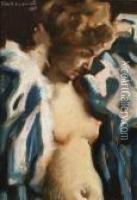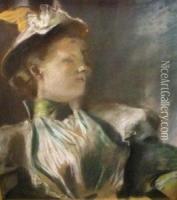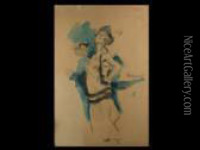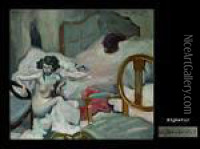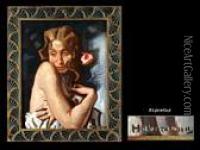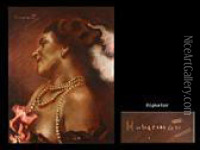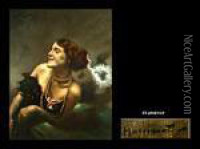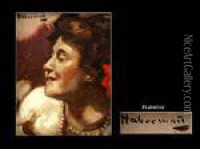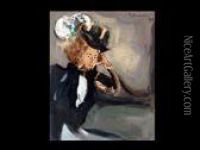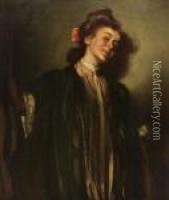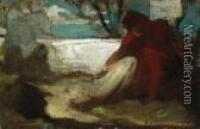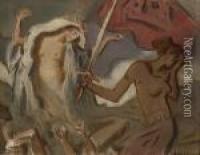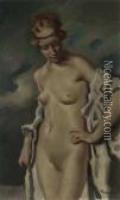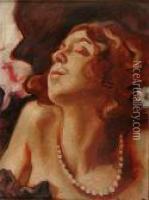Hugo, Freiherr Von Habermann Paintings
Hugo, Freiherr von Habermann was a prominent German painter, born on May 14, 1849, in Dillingen an der Donau, Kingdom of Bavaria. He was a member of the nobility, as indicated by the title 'Freiherr' in his name, which is equivalent to 'Baron'. He is best known for his portraits and genre works that combine Impressionist and Symbolist influences with a distinctive style marked by expressive color and brushwork.
Habermann studied at the Munich Academy of Fine Arts from 1866 to 1873, where he was influenced by the teachings of Wilhelm von Diez and Franz von Lenbach, two significant figures in 19th-century German art. His early work was characterized by historical and mythological themes, but as his career progressed, he turned more towards portraiture and genre scenes, capturing the psychological depth of his subjects.
After completing his studies, Habermann traveled extensively, including sojourns in Italy and Paris, where he was exposed to new artistic trends and techniques. These experiences helped shape his evolving style. By the 1890s, he had developed a looser, more impressionistic approach to painting, although he never fully embraced Impressionism.
Habermann's work received critical acclaim, and he was appointed a professor at the Munich Academy of Fine Arts in 1901, a prestigious position he held until 1923. His influence extended to a new generation of artists, and he was involved in several art associations and exhibitions, including the Munich Secession, an influential group of artists who sought to break away from the conservative practices of the time.
Throughout his career, von Habermann was recognized for his ability to capture the character and inner life of his subjects. His portraits, in particular, are noted for their psychological insight and the rich interplay of colors. In addition to portraits and genre scenes, he also painted religious subjects and allegorical works, reflecting the Symbolist interest in depicting themes beyond the visible world.
Habermann continued to paint and exhibit his work until his death on February 24, 1929, in Munich. His legacy is that of a transitional figure who bridged the academic traditions of the 19th century with the more modern approaches that characterized the early 20th century. His paintings can be found in numerous museums and private collections, contributing to the understanding of the development of German art at the turn of the century.
